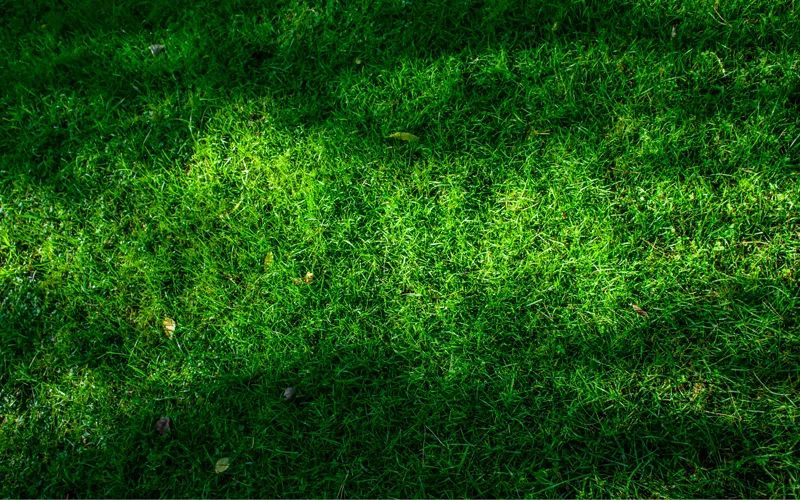
Go Native
Creating a yard with beauty and benefits for wildlife
A deep-green carpet of Kentucky bluegrass is a sight to behold and, for many homeowners, the perfect accessory for a beautiful yard. But did you know that a flowing grass lawn is actually a desert? A desert for pollinators, birds and wildlife, at least.
If a Kentucky bluegrass yard is a desert for wildlife and pollinators, then a yard filled with grasses and wildflowers native to a region is a smorgasbord.
Designed to thrive in our hot, dry, windy landscape, native plants do so with beauty and benefits for wildlife. They come in various colors, sizes, shade/sun tolerance, and bloom times. By carefully choosing species for your particular yard, these plants can be long-lived, require little care and are water-wise choices for a beautiful landscape.
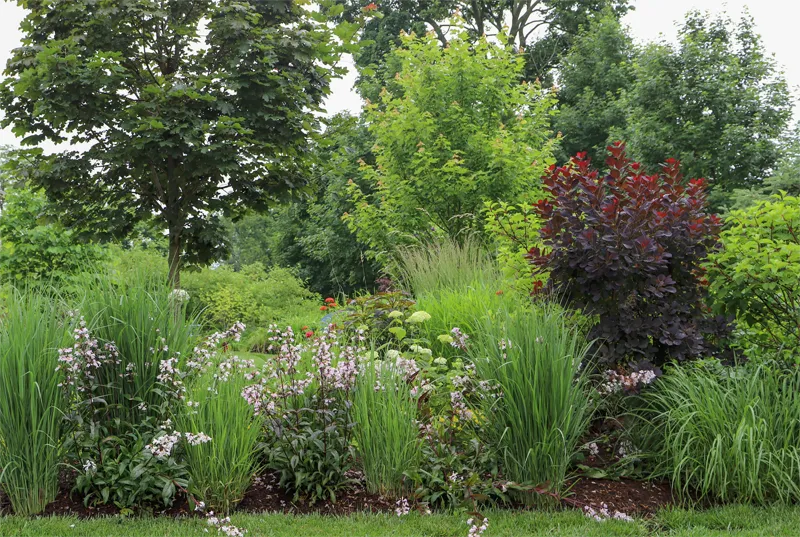
Benefits of a Native Landscape
Populations of pollinators have plummeted since 2017, with some scientists at the U.S. Forest Service reporting an 80 percent decline in the number of native bees. However, native plants benefit our native pollinators by providing food sources, shelter from the elements and a place to raise the next generation.
These native plants provide a home for 15 times more caterpillar species than non-native plants. When you plant native species, you provide appropriate food sources for insects. More insects result in more birds and amphibians because you also provide more food for these species. Translation: you just created a full-fledged buffet for wildlife.
Author Doug Tallamy is on a mission to turn the roughly 40 million acres of cultivated lawns across America into a patchwork of small, personal "national parks" — small flower beds, pots on condominium patios, entire yards and even larger acreages, all with native plants instead of lawns. Bringing back natives increases the biodiversity of a region, resulting in a healthier environment for all.
"If half of American lawns were replaced with native plants,” Doug says, “we would create the equivalent of a 20-million-acre national park, nine times bigger than Yellowstone.
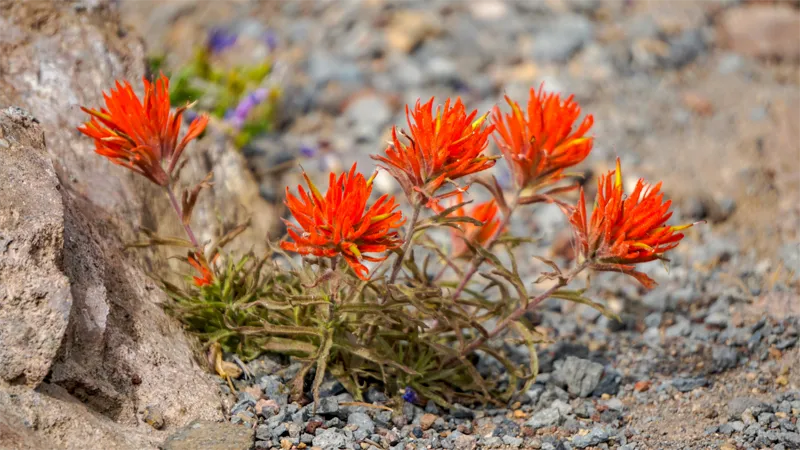
Ditch the Mower and Reclaim your Weekends
Once established, native landscapes generally require little upkeep. Ongoing maintenance might be limited to replacing dead plants, some light pruning, adding additional species or moving ones that don't seem happy in their current location. That beats all those weekends behind the lawn mower, and since you aren't mowing, you're helping clear the air of carbon pollution from gas-powered engines.
Besides spending less time mowing, you'll use less water over the summer once your plants get established. Most perennials and natives need two full summers of additional moisture, but after that, they should only need watering during the driest weeks of the summer.
Across the country, traditional grass yards use about one-third of the total amount of residential water, or about 9 billion gallons, daily. Many cities across the West are experiencing drought and are actually encouraging homeowners to remove parts or even all of their non-native grass yards. And why not? Why let one of our most precious commodities run down the drain when there's a viable and beneficial alternative?
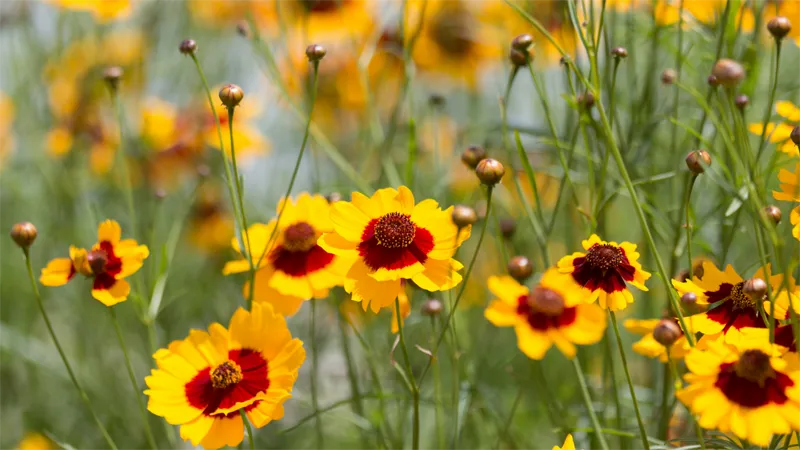
How to Naturalize Your Yard
You can transform your yard into a wonder of native plants in one summer, but you can also start with one flower bed and enlarge that in successive years.
Your first effort will be to get rid of the current grass. Solar killing is relatively simple and time-efficient: lay down layers of cardboard over your grass to deprive it of water and sun. The cardboard eventually breaks down and becomes part of the soil, and amended soil is what you're after. Most native plants don't need extra fertilizer, but starting with good soil with lots of organic matter will make it easier for your plants to grow.
After your grass is dead, you'll need to use some muscle power to remove it. Grass is amazingly resilient. With a little water, those long roots can revive. Soon, you'll have grass choking out your new plants. Do yourself a favor, and don't skip this step.
Now comes the fun part — planting. Do your research so you can choose your plants wisely. Does this new planter bed have lots of sun or shade? Is it on a slope where water will run off before soaking into the ground? Will this spot bear the full fury of winter winds, or is it in a more sheltered area? Contact your local nursery that specializes in native plants or even your county extension agent for plant suggestions.
Once you know which plants are best suited for your site, decide if you want to use seeds or already established plants in pots. Seeds are cheaper but take longer to establish and can be blown away or eaten by birds. Potted plants are spendy but take less time to root and fill in. Plus, they provide the visual delight of a finished project.
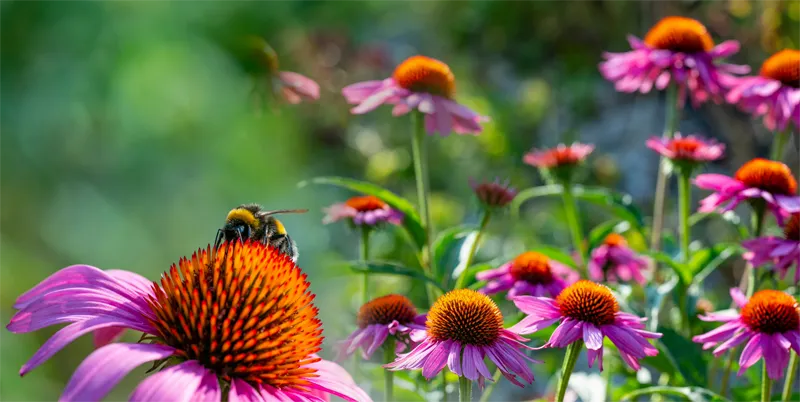
What could go wrong?
New landscapes of native plants do take some time to fully establish — up to two years. You'll need to give them plenty of water and monitor their health for good results.
Other things to consider are your neighbors, homeowners associations and city regulations. If everyone else has bluegrass lawns, some neighbors might think your new landscaping is nothing but weeds. There are certifications you can apply for from organizations like the National Wildlife Federation, Audubon Society and Xerces Society that provide you with a small yard plaque saying your yard meets the requirements for a functional native landscape. Be sure to find out if your city or county has particular "weed" ordinances — often, the height of the plants can be the problem.
However, cities are beginning to realize the benefits of native landscaping and are allowing variances for native plants. Do your homework and be prepared to educate naysayers about the many benefits your native landscape provides. Maybe you'll be the start of something new in your neighborhood!
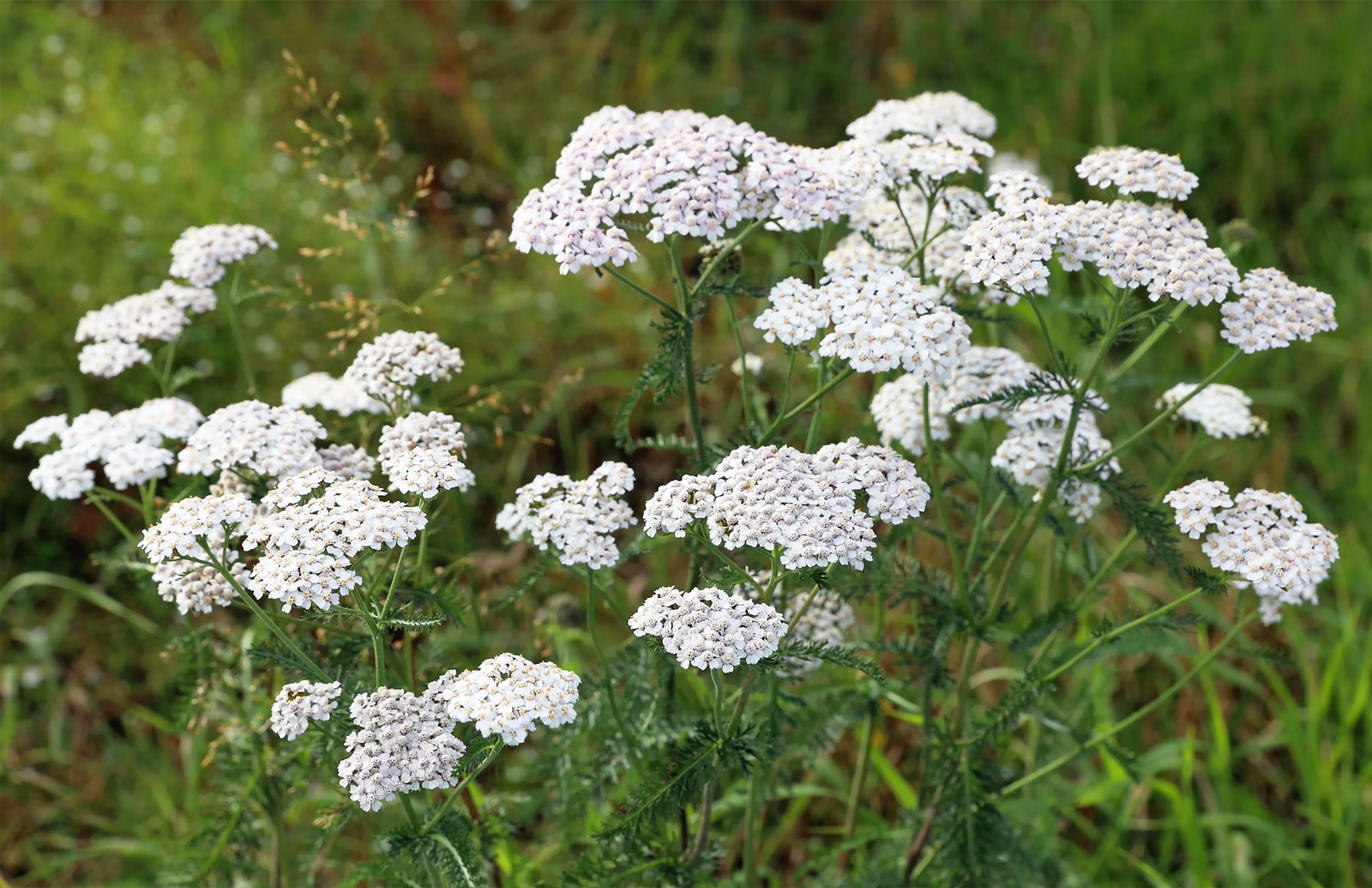
Want to give a native landscape a try?
Check out these resources
- “Nature's Best Hope: A New Approach to Conservation That Starts in Your Yard,” by Douglas Tallamy, 2020
- Check out Canyon Creek Nursery’s online plant finder for inspiration, canyoncreeknursery.net
- Gainan’s Garden Center, 810 Bench Blvd., Billings
- Montana Native Plant Society, mtnativeplants.org
- Montana State University Extension Service, montana.edu/extension
- Homegrown National Park, homegrownnationalpark.org










